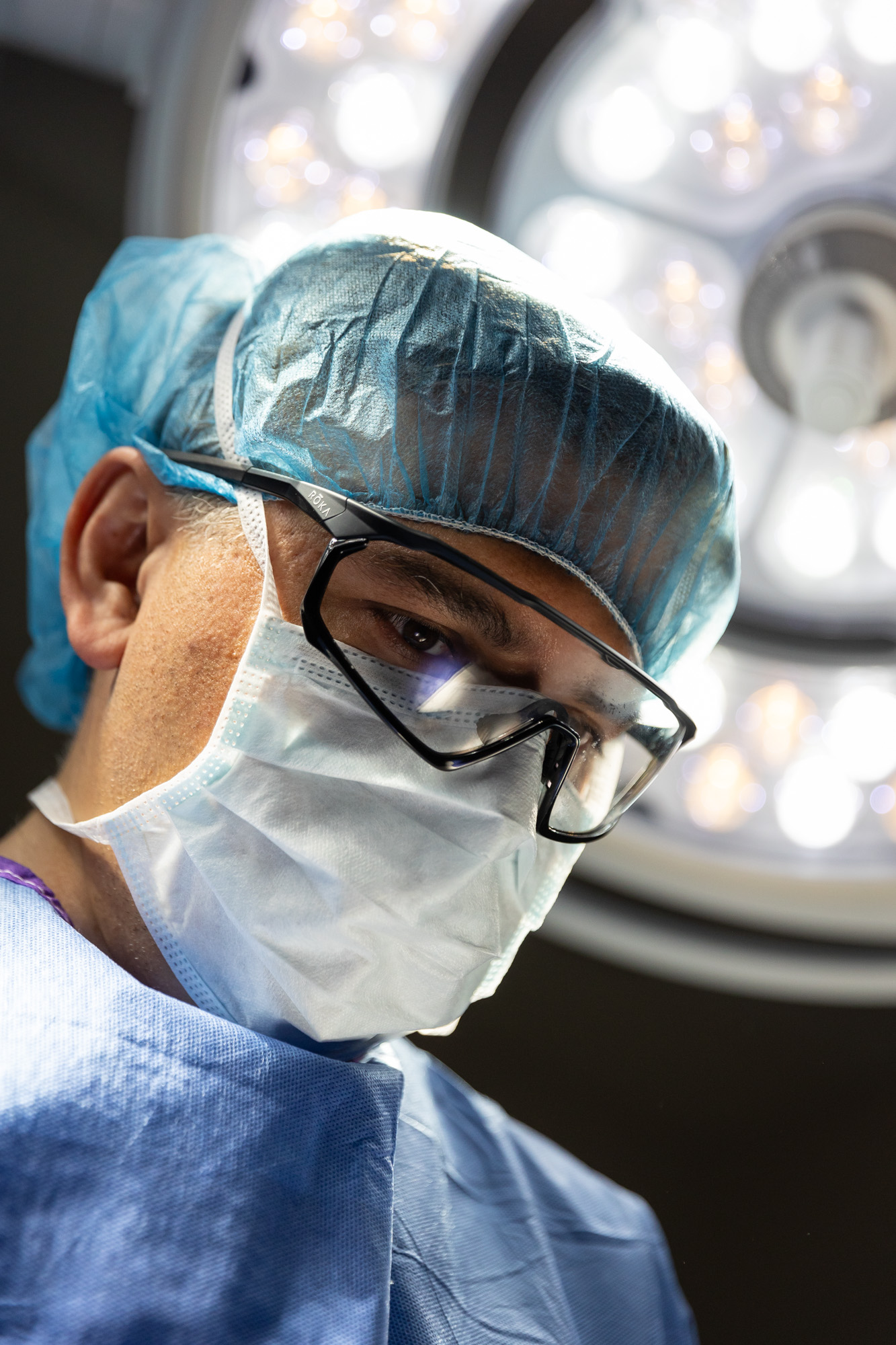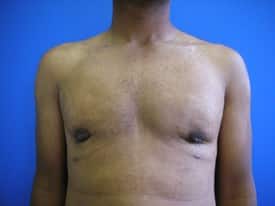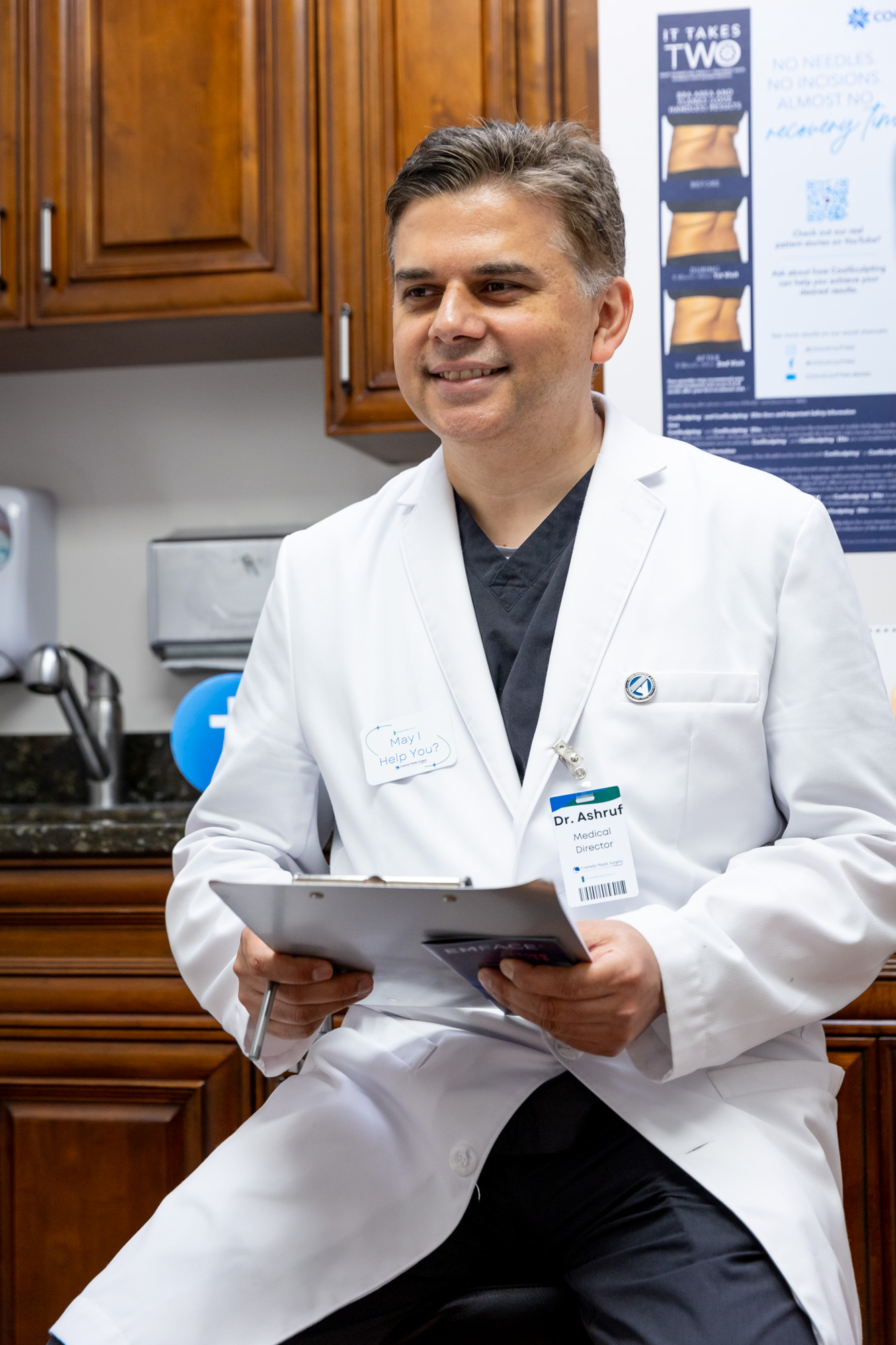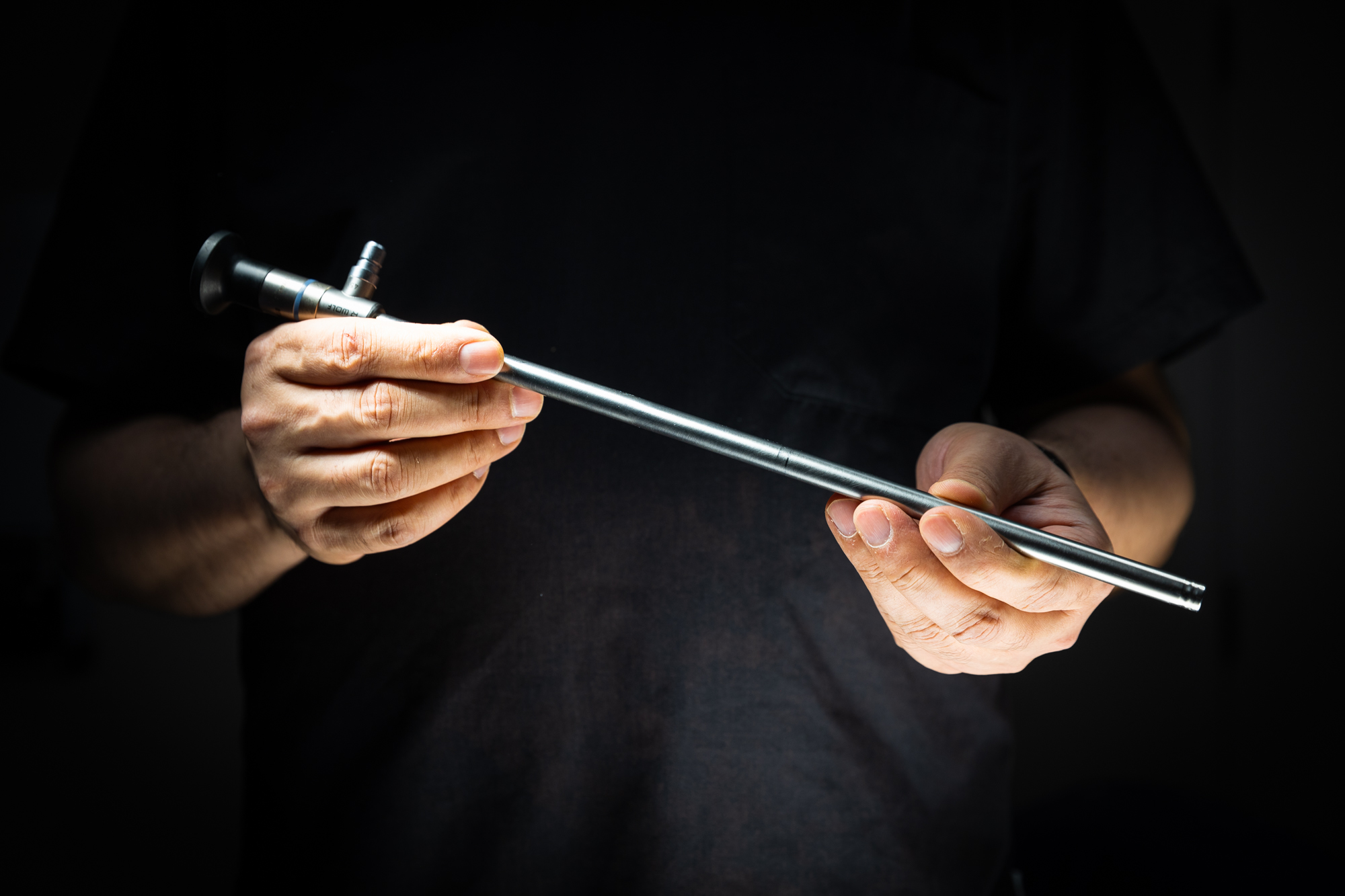There are many factors that can cause gynecomastia in both men and boys. Some common causes are:
- Natural hormone changes
- Medications (heart medications, cancer medications, antibiotics, etc.)
- Excessive use of alcohol and marijuana
- Hypogonadism
- Aging
- Tumors
- Hyperthyroidism
































